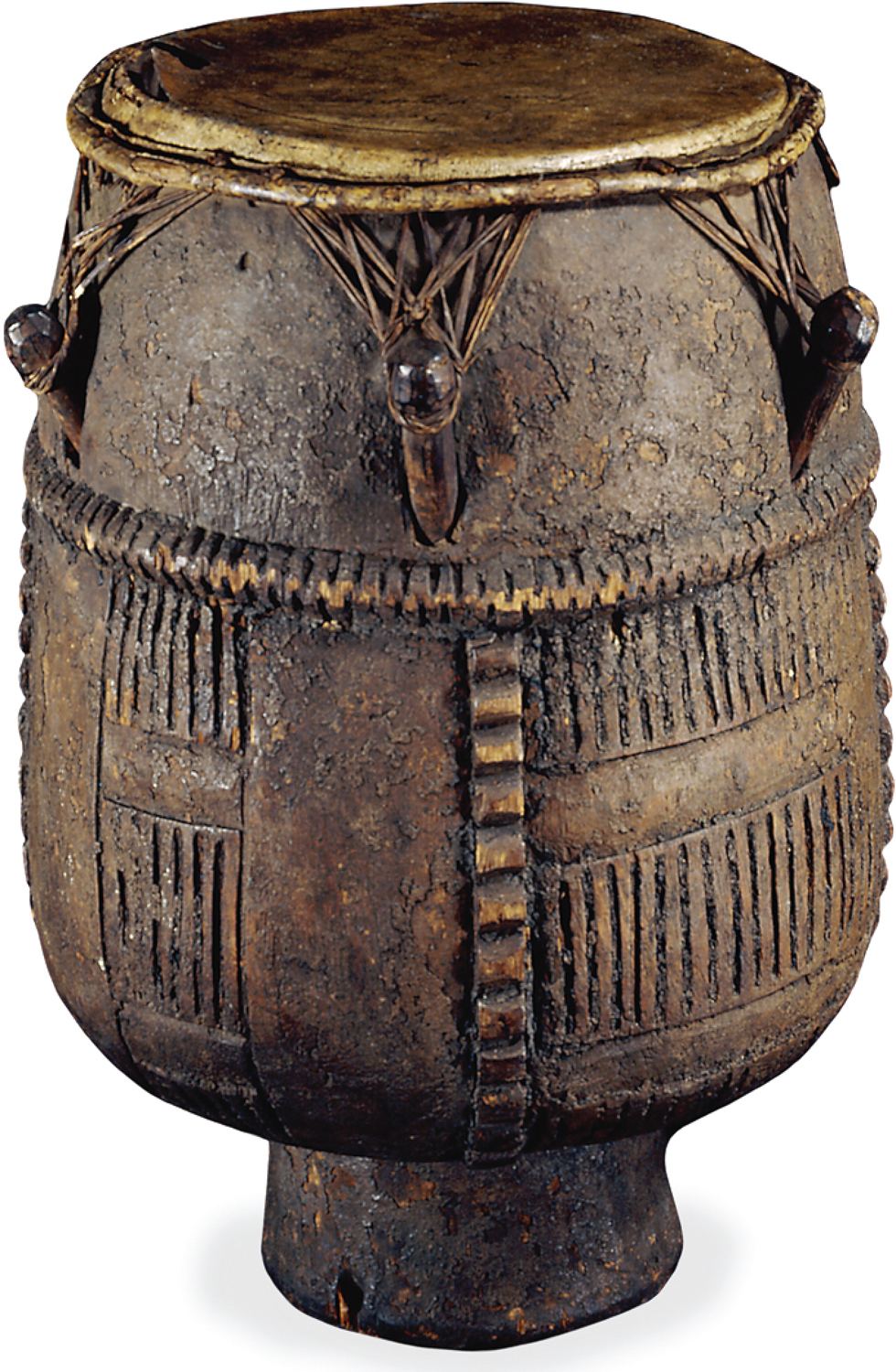The American Promise:
Printed Page 121
The American Promise Value
Edition: Printed Page 115
Slave Labor and African American Culture

Southern planters expected slaves to work from sunup to sundown and beyond. George Washington wrote that his slaves should “be at their work as soon as it is light, work til it is dark, and be diligent while they are at it.” The conflict between the masters’ desire for maximum labor and the slaves’ reluctance to do more than necessary made the threat of physical punishment a constant for eighteenth-
Some slaves escalated their acts of resistance to direct physical confrontation with the master, the mistress, or an overseer. But a hoe raised in anger, a punch in the face, or a desperate swipe with a knife led to swift and predictable retaliation by whites. Throughout the southern colonies, the balance of physical power rested securely in the hands of whites.
Rebellion occurred, however, at Stono, South Carolina, in 1739. A group of about twenty slaves attacked a country store, killed the two storekeepers, and confiscated the store’s guns, ammunition, and powder. Enticing other slaves to join, the group plundered and burned more than half a dozen plantations and killed more than twenty white men, women, and children. A mounted force of whites quickly suppressed the rebellion. They placed the rebels’ heads atop mileposts along the main road, grim reminders of the consequences of rebellion. The South Carolina legislature enacted a draconian slave code in 1740 to punish with the utmost severity enslaved “negroes from the coast of Africa who are generally of a barbarous and savage disposition.” The Stono Rebellion illustrated that eighteenth-
Slaves maneuvered constantly to protect themselves and to gain a measure of autonomy within the boundaries of slavery. In Chesapeake tobacco fields, most slaves were subject to close supervision by whites. In the lower South, the task system gave slaves some control over the pace of their work and some discretion in the use of the rest of their time. A “task” was typically defined as a certain area of ground to be cultivated or a specific job to be completed. A slave who completed the assigned task might use the remainder of the day, if any, to work in a garden, fish, hunt, spin, weave, sew, or cook. When masters sought to boost productivity by increasing tasks, slaves did what they could to defend their customary work assignments.
Eighteenth-
When possible, slaves expressed many other features of their West African origins in their lives on New World plantations. They gave their children African names such as Cudjo or Quash, Minda, or Fuladi. They grew food crops they had known in Africa, such as yams and okra. They constructed huts with mud walls and thatched roofs similar to African residences. They fashioned banjos, drums, and other musical instruments, held dances, and observed funeral rites that echoed African practices. In these and many other ways, slaves drew upon their African heritages as much as the oppressive circumstances of slavery permitted.